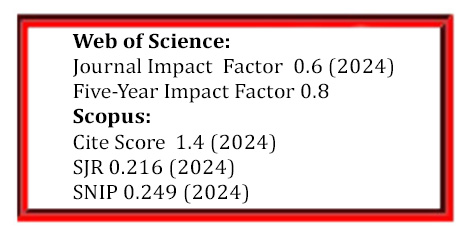Effect of Additives on UV-activated Urethane Acrylate Polymerization Composite Coatings
DOI:
https://doi.org/10.5755/j01.ms.22.1.7442Keywords:
UV-curable, coatings, photopolymerization, urethane acrylateAbstract
An increased demand for new and improved coating systems, for environmental & health & safety and performance reasons, have appeared during the recent decades. Currently, there is new interest in preparation of thin UV curable urethane acrylate (UA) composite coatings with short-term properties. Cellulose based additives: nitrocellulose, cellulose acetate butyrate, sucrose benzoate and silica were evaluated to determine their influence on unreacted composite characteristics (viscosity, pigment suspension stability) and characteristics of cured film (ultimate tensile strength, elongation at break, surface gloss, surface scratch resistance and film adhesion loss time). The most suitable additive content was found to provide required viscosity. All additives increase surface scratch resistance, but cellulose based additives increase surface gloss values and decrease the time of adhesion loss. Silica has great effect on the interaction between linear and hyperbranched urethane acrylates, which has crucial influence on the stability of uncured pigmented mixture samples.Downloads
Published
2016-01-21
Issue
Section
POLYMERS AND COMPOSITES, WOOD
License
The copyrights for articles in this journal are retained by the author(s), with first publication rights granted to the journal. By virtue of their appearance in this open-access journal, articles are free to use with proper attribution in educational and other non-commercial settings.



